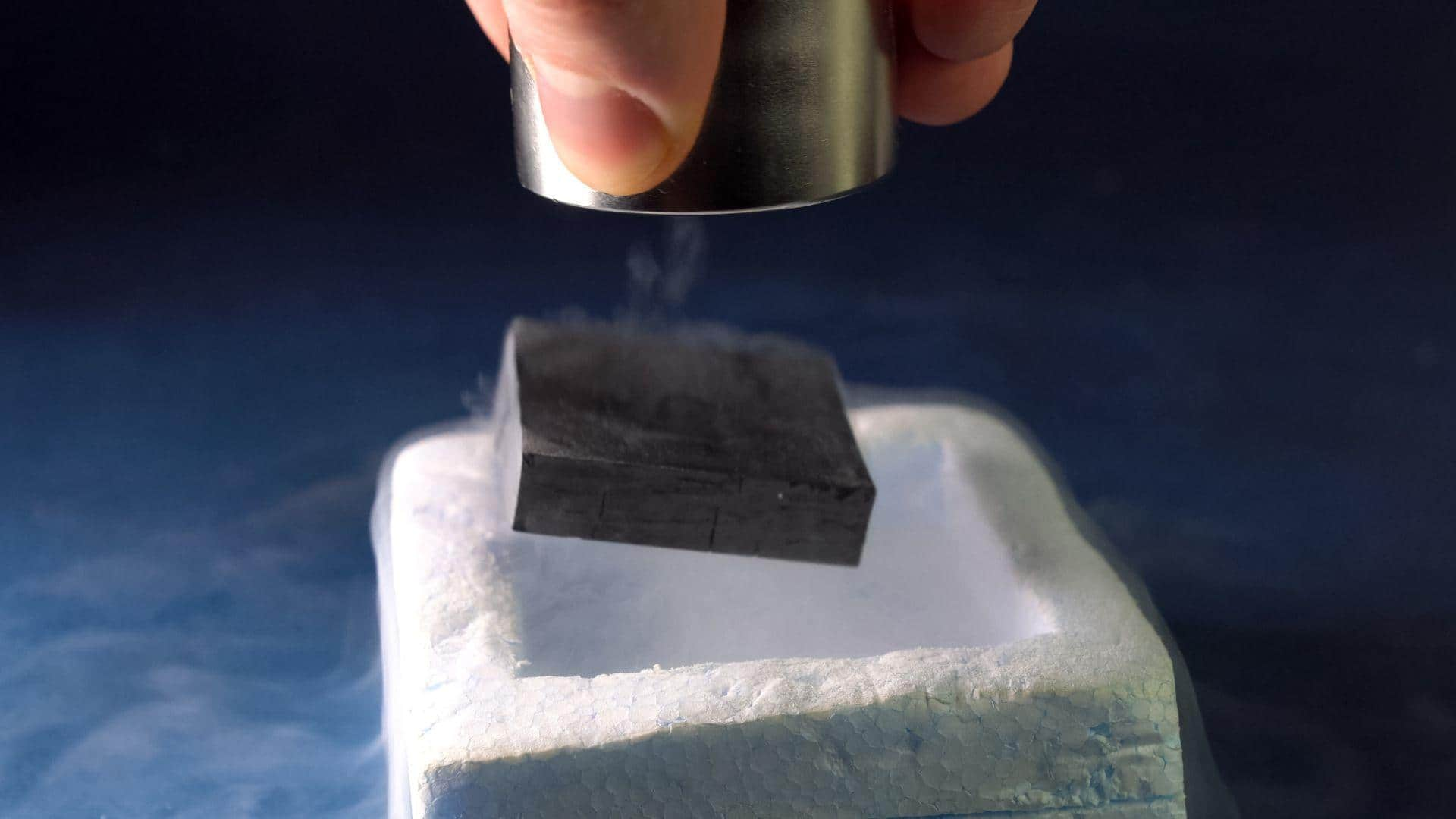
Study shows superconductivity can exist between -173.15°C and 726.85°C
What's the story
Superconductors, the materials that could revolutionize healthcare, energy transmission, quantum computing, and more, have long been limited by their need for extremely low temperatures. To leverage their full potential, scientists are working on room-temperature superconductors. Now, a new study from Queen Mary University of London has identified factors influencing the upper limit and maximum temperature range for superconductivity.
Physical constraints
Fundamental constants limit atomic vibrations
The research team emphasized the contribution of fundamental physical constants like electron mass, Planck's constant (h), electron charge, and the fine-structure constant (a). These constants govern atomic vibrations in solids by defining bond strength and atomic mass. They set an upper limit on the maximum speed at which atoms can vibrate in solid materials, thereby influencing phonon frequencies. Phonons are collective vibrations of atoms in a material that are critical for facilitating superconductivity.
Theoretical constraints
Upper limit for superconducting temperature
The study found that upper limit of superconducting temperature (TC) is inherently tied to fundamental constants of nature. This relationship puts a theoretical limit on how high TC can be in superconductors. The researchers employed these constants to conclude that superconductivity could exist between temperatures of 100K and 1,000K (-173.15°C and 726.85°C). This range encompasses standard room temperature values that lie between 293K to 298K (20°C to 25°C), indicating room-temperature superconductivity is theoretically possible within our universe's constants.